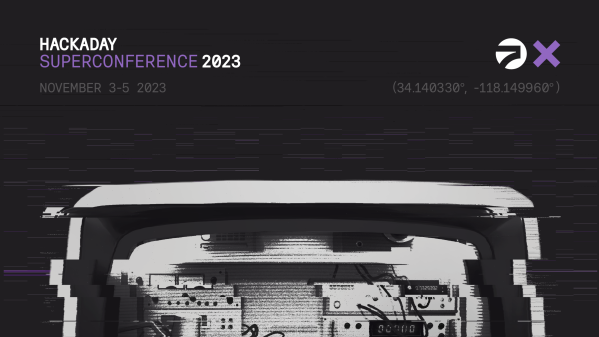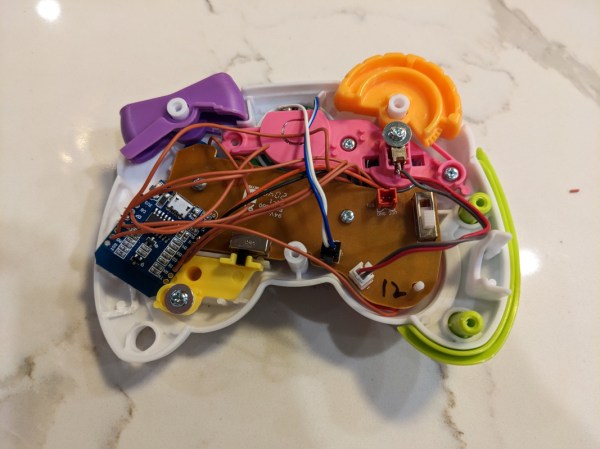If you go about 27 miles off the coast of Virginia, you’ll find two windmills jutting up out of the sea. Two windmills aren’t particularly interesting until you realize that these two are on the edge of a 2,100-acre lease that Dominion Energy is placing in Federal water. According to the company, those two will be joined by 176 more windmills on a nearly 113,000-acre adjacent lease. The project has been in the planning and pilot phase for a while, but it was recently given the green light by the US government. You can see a promotional video about the project below. There’s also a video of the first monopiles — the mounts for the windmills — arriving in the area.
The project will eventually have three offshore substations that feed the power to the state military reservation and, from there, to Naval Air Station Oceania, where it feeds the commercial power grid. The final project will power 660,000 homes.

















